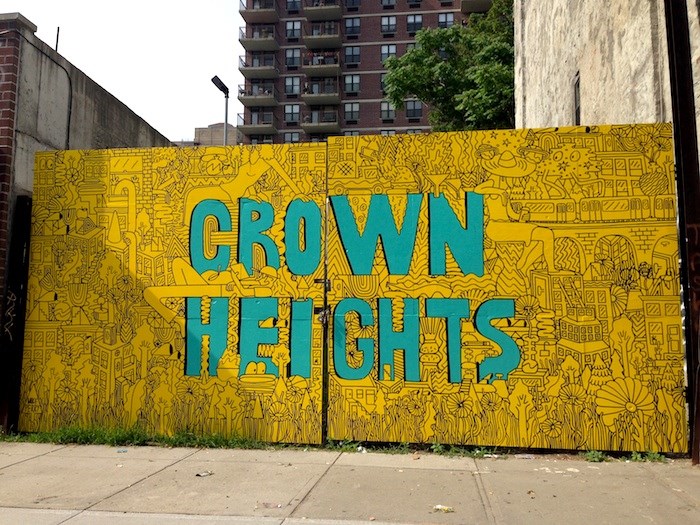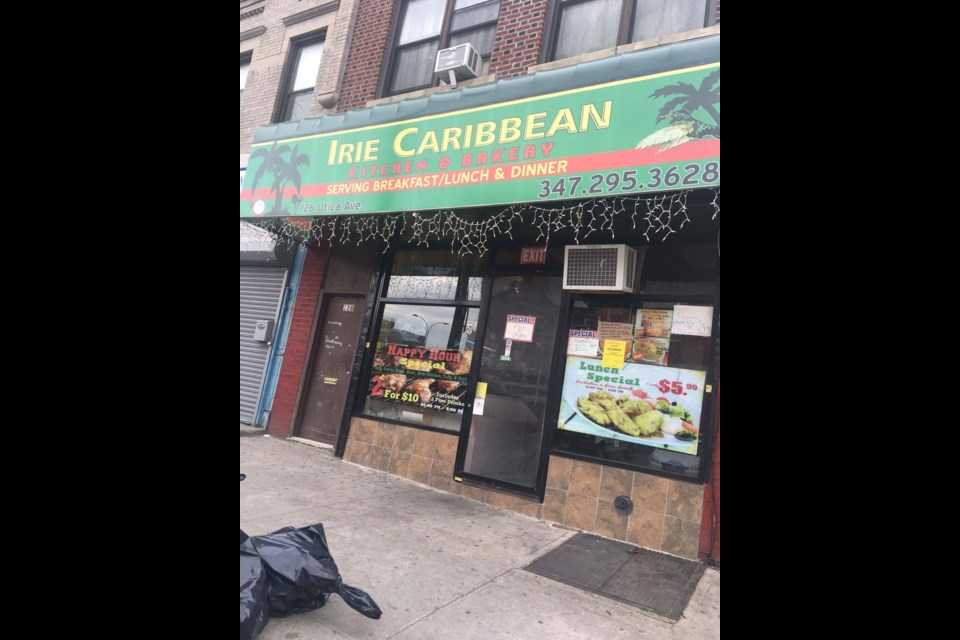
Crown Heights, nicknamed by its residents "The Heights," in the 19th century was known as "Crown Hill."
Some well known figures and celebrities that were either born, raised or currently live in Crown Heights include Beverly Sills, Noel Pointer, Marty Markowitz, Menachem Mendel Schneerson, Clive Davis, Norman Mailer and Susan McKinney Steward, just to name a few!
In the early 19th century, Crown Heights remained a largely uninhabited "no-man's land" between the villages of Bedford and St. Marks in the north, and Flatbush in the south. Crown Heights gained its first permanent settlement in the form of Weeksville, a free black community named after a stevedore James Weeks who, in 1838, purchased two lots of land on the corner of Troy Avenue and Dean Street.
Crown Heights's population is 292,870. The area's border are from Washington Avenue to the west; Atlantic Avenue to the north; Ralph Avenue to the east; and Empire Boulevard/East New York Avenue to the south. The neighborhood's zip codes include 11225 and 11213. The neighborhood is part of Brooklyn's Community Boards 8 and 9. The police precincts covering Crown Heights include the 71st and 77th precincts.
Crown Heights had begun as a posh residential neighborhood, a place for secondary homes in which Manhattan's growing class could reside. The area benefited from being included in the developing rapid subway transit network-- specifically, the Eastern Parkway lines of 2, 3, 4 and 5,trains, in contrast to many other Brooklyn neighborhoods, which were still operating from the sparse distribution of the elevated lines.
Beginning in the early 1900s, many upper-class residences moved into the second-wave development of brownstone/limestone buildings and luxury low-rise apartment buildings erected along Eastern Parkway. Further away from the parkway were a mixture of lower- to middle-class residences. This development peaked in the 1920s. Before the first World War, Crown Heights was among New York City's premier neighborhoods, with tree-lined streets, an array of cultural institutions and parks, and numerous fraternal, social and community organizations.
Crown Heights, from the 1920s through the 1960s, was an overwhelmingly white neighborhood and predominantly Jewish. Population changes began in the 1920s with newcomers from Jamaica and the West Indies, as well as African Americans from the South.
In 1950, the neighborhood was 89 percent white, with some 50 to 60 percent of the white population, or about 75,000 people, being Orthodox Jews (Chabad), and a small, growing black population. By 1957, there were about 25,000 blacks in Crown Heights, making up about one-fourth of the population.
Today, the population is about 50 percent black with a population that is fast-diversifying as gentrification takes hold.
Please enjoy these photos I took of Bedford-Stuyvesant, Brooklyn. Exposed, through my camera lens!




